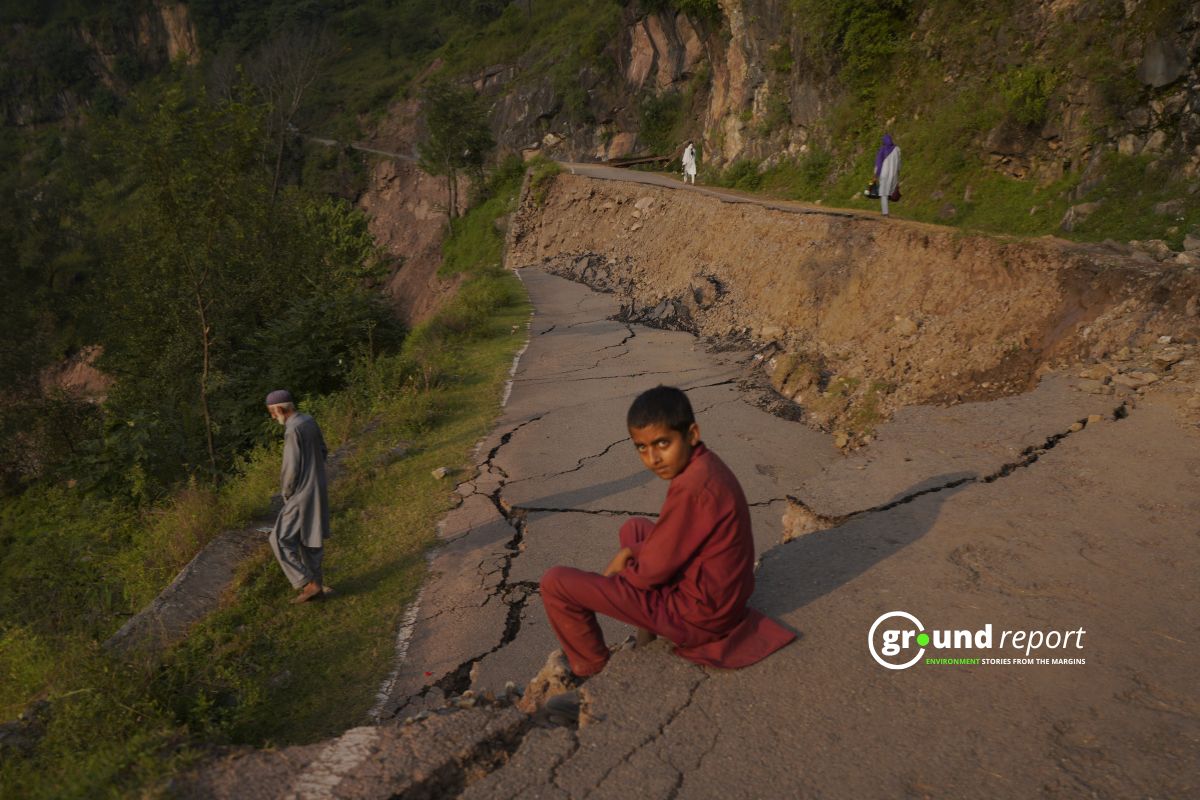On the night of 30th June 2022, a large landslide occurred in the Noney district in the state of Manipur. The landslide occurred near the Tupul railway construction. It killed around 61 people and injured 18 people. A second landslide happened on the same site the next morning at around 6 am.
Seismic active zone
According to a preliminary study by the Geological Survey of India’s (GSI) Imphal office, the landslide was caused by an
“extensive slope cut for the construction of the railway station, presence of a break in slope in the upslope area, affluence convergence of water and unprotected slope cut for long duration (from 2014 onwards).”
The report stated that the area where the landslide occurred is a ‘highly susceptible zone’, according to the National Landslide Susceptibility Mapping (NLSM) of 2019.
Read more: Himalayan plunder: Manipur landslides raise environmental questions
Another paper states that the disastrous landslide in the Tupul area can be attributed to various reasons such as past earthquakes, fragile geology, the presence of a fault, high precipitation, and non-engineering cutting of the slopes. The precipitation data recorded for the Noney district showed that the highest rainfall was recorded between May 2022 and June 2022 compared to the previous years.
Read more: Analysing the causes and lessons learned from Tupul Landslide, Noney district, Manipur
Non-engineered construction
Additionally, the area where the landslides happened is a part of the Imphal-Jiribam railway project. And, the slope was extensively cut in an non-engineered way during the construction of the railway infrastructure. As a result, the railway project’s construction caused more slope disturbance. And, which increased pore water pressure while decreasing the cohesive strength of the overburdened materials.
An online news portal, Down to Earth reported that a Manipur-based environmentalist when visiting the tunnels for the railways in 2017-2018 said, that steep cutting was not advisable to the area and that a small landslide could become fatal.
Conclusion
Therefore, a few lessons should be learned before progressing in any infrastructure project. There should be coordination among the various agencies of the government and academics once the projects are proposed. adequate mitigating measures should be adopted in mountainous terrains where landslides are very common and, in order to avoid such massive landslides in the near future maximum plantation strategies should be adopted.
Read More
- Villagers stage massive protest against Indian army in Manipur
- Colonel Viplav Tripathi, Braveheart killed in Manipur Terrorist attack
- This Manipur woman police officer returned police medal; know why
- Tribal women street vendors in times of pandemic
Follow Ground Report for Climate Change and Under-Reported issues in India. Connect with us on Facebook, Twitter, Koo App, Instagram, Whatsapp and YouTube. Write us on GReport2018@gmail.com.









